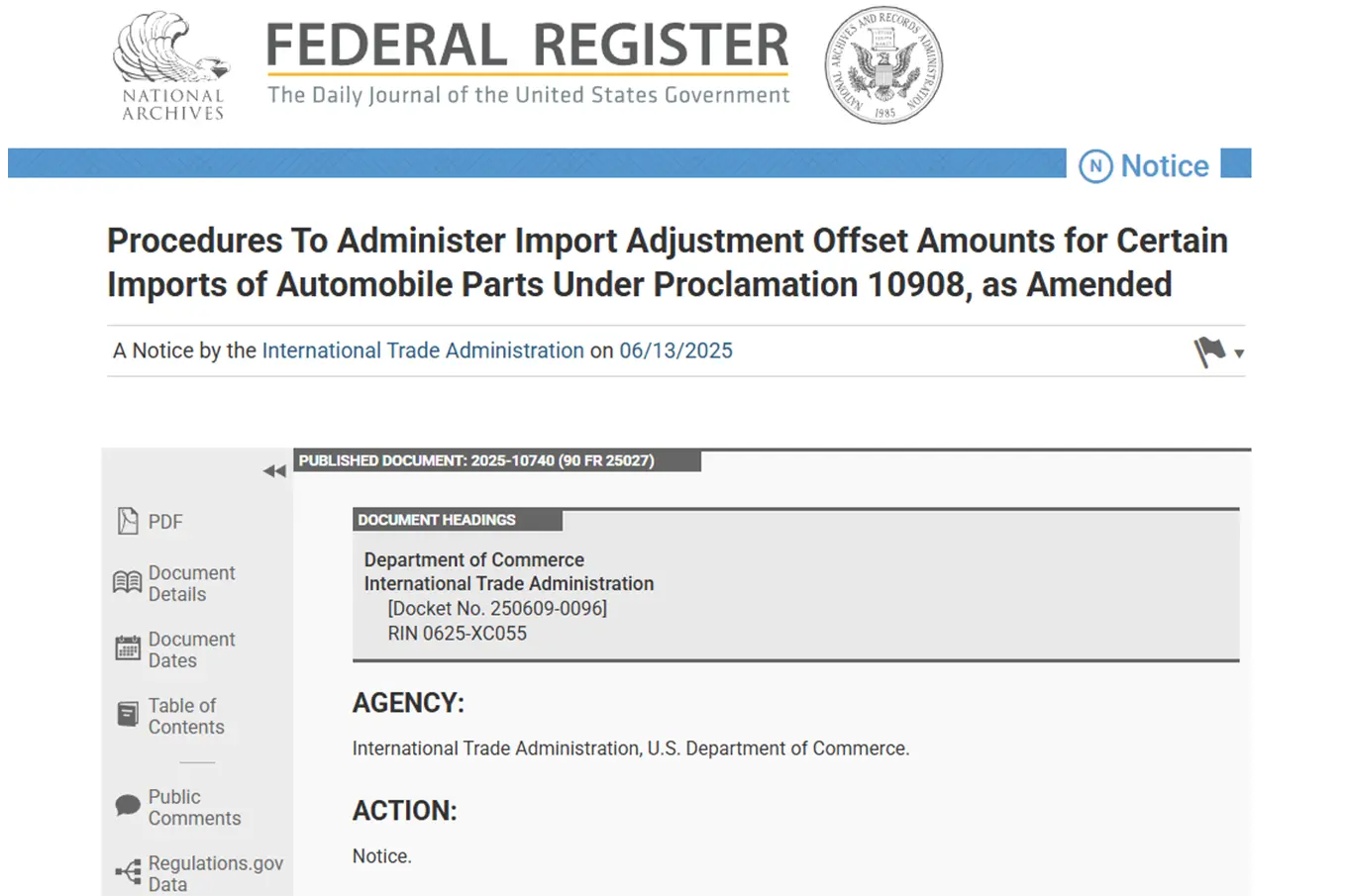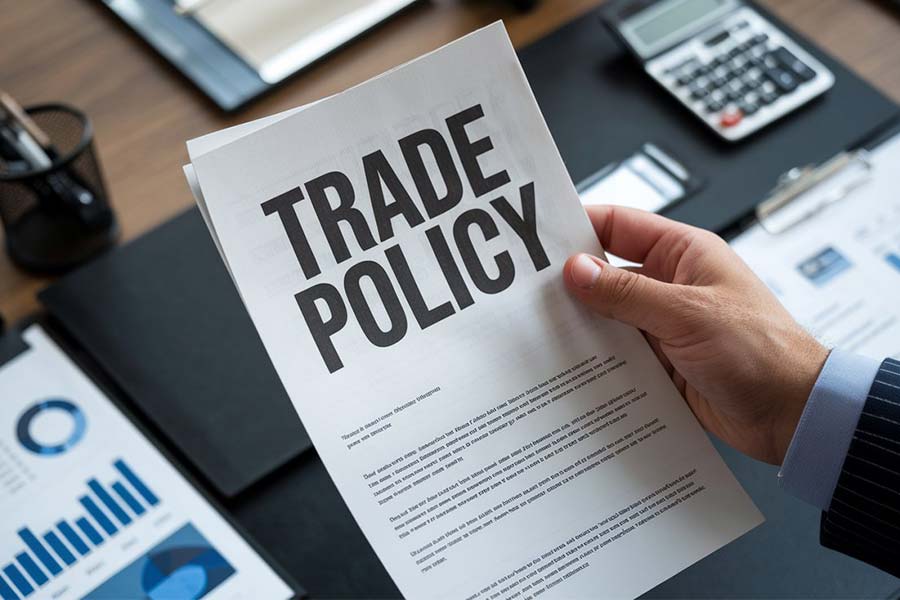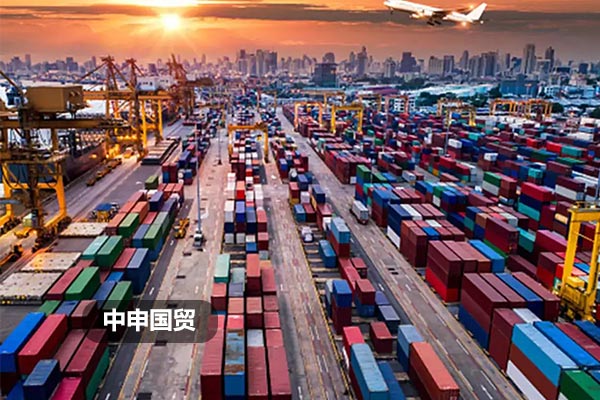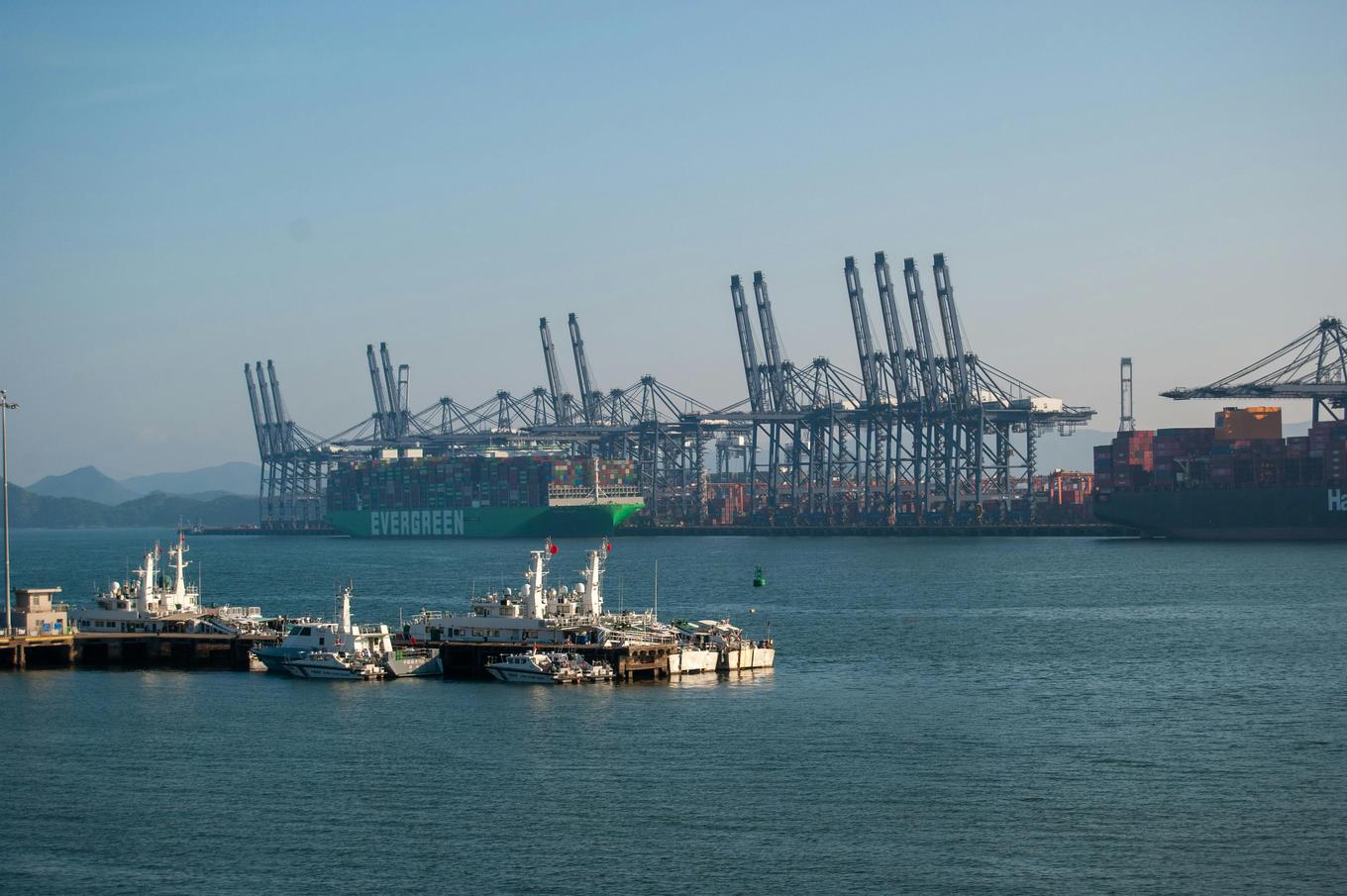- Shanghai Zhongshen International Trade Co., Ltd. - Two decades of trade agency expertise.
- Service Hotline: 139 1787 2118
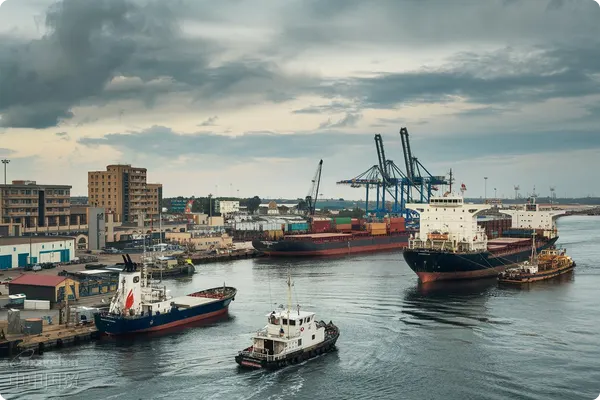
2025 purificationEquipment ImportsComplete process analysis
With the implementation of the new Ambient Air Quality Standards, imports of medical cleanrooms and industrial purification equipment are expected to grow by 23% in 2025. However, industry data shows that 38% of companies face equipment detention due to customs clearance errors, with average losses reaching $126,000. This article will reveal key risk points in the import process through practical cases.
Three-phase risk map for import compliance
Phase 1: Declaration preparation (40% of time consumption)
- HS code misclassification: Air filtration devices may involve three tariff codes 8421/8539/8543, with tariff differences up to 8%
- Missing technical parameters: The new EU CE certification requires PM0.3 filtration efficiency test reports
- Origin determination: Components from ASEAN member states exceeding 40% may qualify for tariff reductions
Phase 2: Port clearance (high-risk area)
- Key customs inspection points:
- Medical devices require CFDA filing certificates
- Industrial equipment must comply with GB/T 25915 cleanliness classification standards
- Wooden packaging must have IPPC marks, with fumigation treatment certificates validity shortened to 21 days
The five core values of professional agency services
- Pre-classification service: Establish equipment technical parameter database 6 months in advance
- Compliance review: Identify 28 certification requirements including FDA 510(k)/ISO 14644
- Risk alerts: Real-time monitoring of Customs General Administration Order No. 62 implementation
- Emergency handling: Complete inspection exception documentation within 3 hours
- Cost optimization: Reduce comprehensive tax rates by up to 15% through free trade agreements
Special notice on 2025 industry regulations
According to the latest Customs General Administration announcement, starting from January, 2025:
- Air purification equipment energy efficiency standards upgraded to EN 1822-5: 2024
- Medical cleanroom equipment must implement mandatory electromagnetic compatibility testing
- Import declarations require accompanying full lifecycle carbon emission reports for equipment
A case study of a multinational pharmaceutical company showed that professional agency services reduced biosafety cabinet import cycles by 40% and avoided $230,000 in tax losses through classification dispute resolution. Companies are advised to evaluate the following when selecting agents:
- Whether they possessMedical EquipmentImport qualifications
- Is there a customs clearance case database for similar equipment types?
- Has an emergency response channel been established at major ports?
Related Recommendations
? 2025. All Rights Reserved. Shanghai ICP No. 2023007705-2  PSB Record: Shanghai No.31011502009912
PSB Record: Shanghai No.31011502009912

